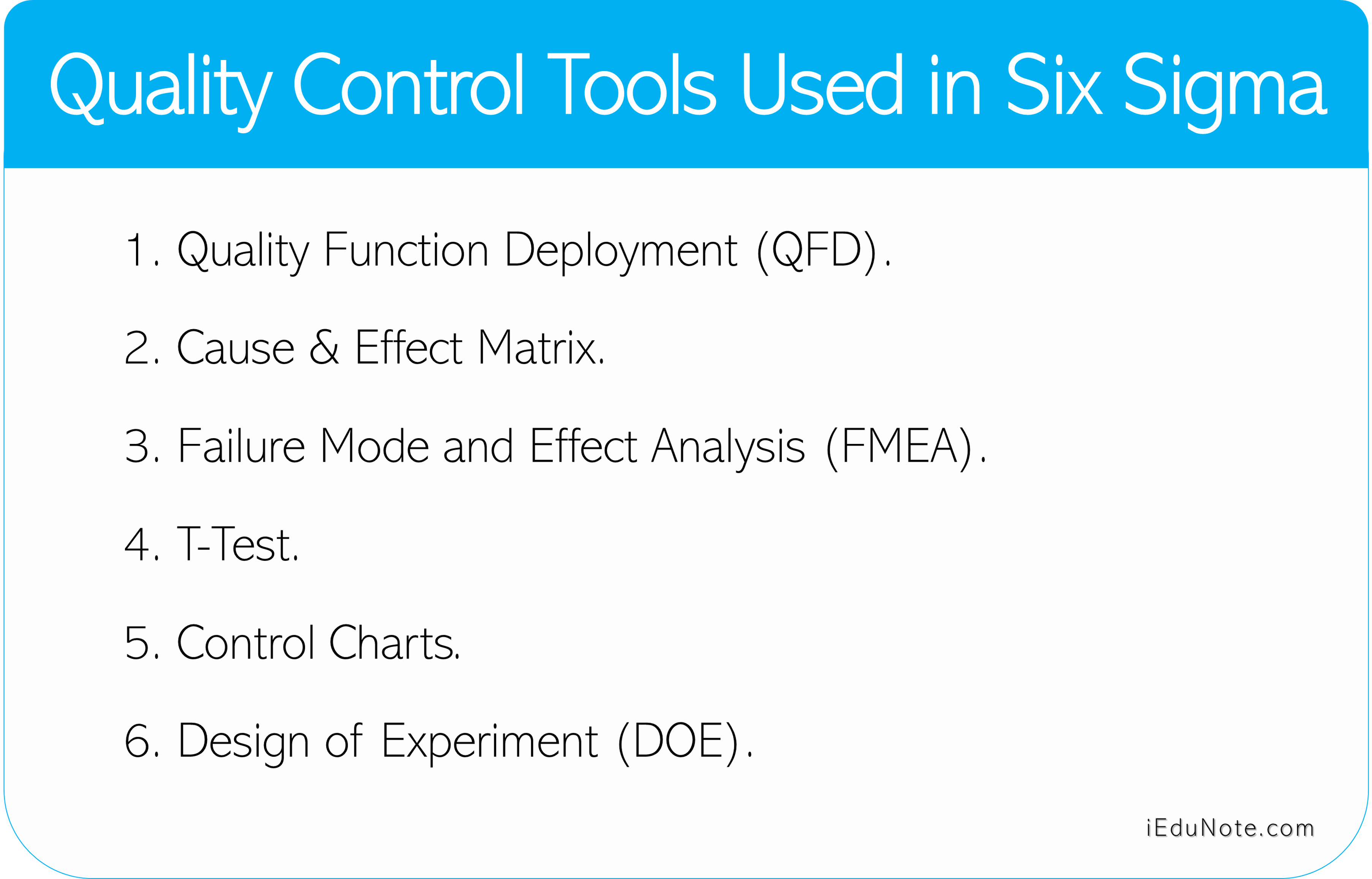Quality guru Joseph M. Juran was the second American quality expert to arrive in Japan. He was invited to Japan to conduct seminars for top and middle-level executives.
His seminars for top and mid-level executives of Japanese companies gained much popularity because of his focus on planning, organizational issues, management’s responsibility for quality, and the need to set goals and targets for improvement.
Understand Joseph Juran’s View on TQM (Total Quality Management)
Juran’s Philosophy on Total Quality Management (TQM)

Juran believes that management has to adopt a unified approach to quality.
According to Juran, TQM is the process of activities heading for achieving pleased customers, empowered employees, higher revenues, and lower costs. He believed that the main quality problems are due to management rather than workers.
The Role of Management and Teams in Quality Improvement
The attainment of quality requires the participation of all functions of a firm.
Quality improvement requires a firm-wide appraisal of quality, suppliers’ involvement in quality programs, using statistical methods, quality information systems, and competitive benchmarking.
Juran’s approach highlights teams (QC circles and self-managing teams) and project work, which can promote quality improvement, improve communication between management and employees, and improve coordination between employees.
He also emphasized the importance of top management commitment and empowerment, participation, recognition, and rewards.
Understanding Customer Needs
Juran highly focuses on the importance of understanding customer needs. This requirement applies to all involved in marketing, design, manufacture, and services.
Identifying customer needs requires more vigorous analysis and understanding to ensure the product meets customers’ needs and is fit for its intended use, not just meeting product specifications. Thus, market research is essential for identifying customers’ needs.
Techniques for Ensuring Design Quality
To ensure design quality, he proposed the use of techniques including quality function deployment, experimental design, reliability engineering, and concurrent engineering.
Juran’s Trilogy: A Cross-Functional Management Approach
He also developed the “Juran’s trilogy” – an approach to cross-functional management composed of three managerial processes as presented below:
Quality Planning
According to Juran, quality must be planned, and it cannot happen by accident. Special training is required to make the plan happen. It is the process of preparing a plan to meet quality goals under operating conditions. Juran’s quality planning consists of the following steps:
Understand the customers and their needs.
Translate the customer’s needs into an easily understandable language and develop products that can respond to those needs.
Optimize the product by developing and optimizing the process that produces this product.
Once the operating conditions have been established and proved as optimal, transfer the process to operations.
Quality Control
Quality control is the process that first detects the change and then corrects the change accordingly. Conforming to quality specifications and adhering to standards and procedures requires prompt corrective action to any sporadic problems so that the status quo is restored.
Quality Improvement
A quality breakthrough is needed to reduce substantially chronic waste and achieve a new, improved zone of quality control. A breakthrough is an improvement that takes us to an unprecedented level of performance; it is an organized creation of beneficial change.
From Juran’s point of view, the approach to managing quality consists of:
- Detecting the random problem and acting upon the process of quality control;
- Identifying the chronic problems that require a different process called quality improvement.
This sort of chronic problem is visible due to an inadequate quality planning process. Juran defined a universal sequence of activities for the three quality processes, which are listed in the table below;
Universal Processes for Managing Quality
| Quality planning | Quality control | Quality improvement |
|---|---|---|
| ‘Establish quality goals | Choose control subjects | Prove the need |
| Identify customers | Choose units of measure | Identify projects |
| Discover customer needs | Set goals | Organize project teams |
| Develop product features | Create a sensor | Diagnose the causes |
| Develop process features | Measure actual performance | Provide remedies and prove remedies are effective |
| Establish process controls, transfer to operations | Interpret the difference | Deal with resistance to change |
| Take action on the difference | Control to hold the gains |
4 Categories of Quality Costs
Juran defines four broad categories of quality costs. This cost-related information is valuable for quality improvement. The four quality costs are;
- Internal Failure Costs
- External Failure Costs
- Appraisal Costs
- Prevention Costs
Internal Failure Costs
Internal Failure Costs such as scrap, rework, failure analysis, etc., are associated with defects found prior to the transfer of the product to the customer;
External Failure Costs
External Failure Costs such as warranty charges, complaint adjustment, returned material, allowances, etc., are associated with defects found after the product is shipped to the customer;
Appraisal Costs
Appraisal Costs such as incoming, in-process, and final inspection and testing, product quality audits, maintaining the accuracy of testing equipment, etc., are incurred in determining the degree of conformance to quality requirements;
Prevention Costs
Prevention costs such as quality planning, new product review, quality audits, supplier quality evaluation, training, etc., are incurred to keep failure and appraisal costs to a minimum.

